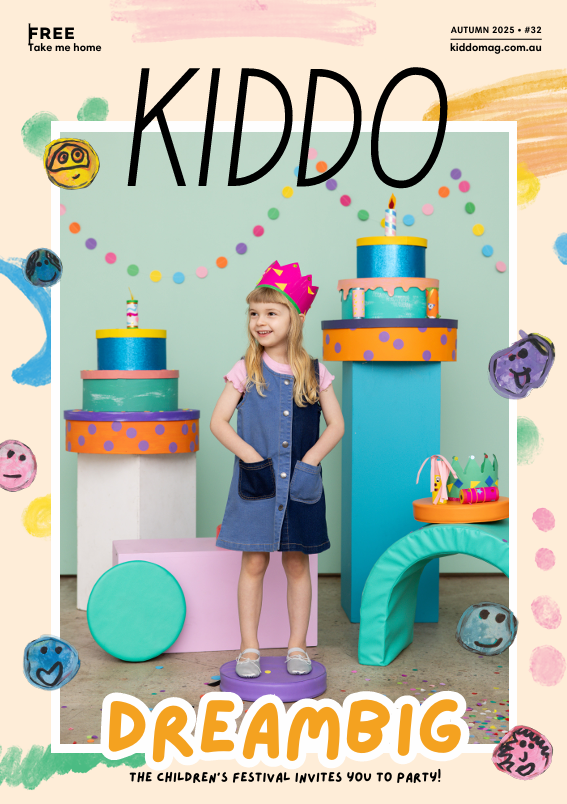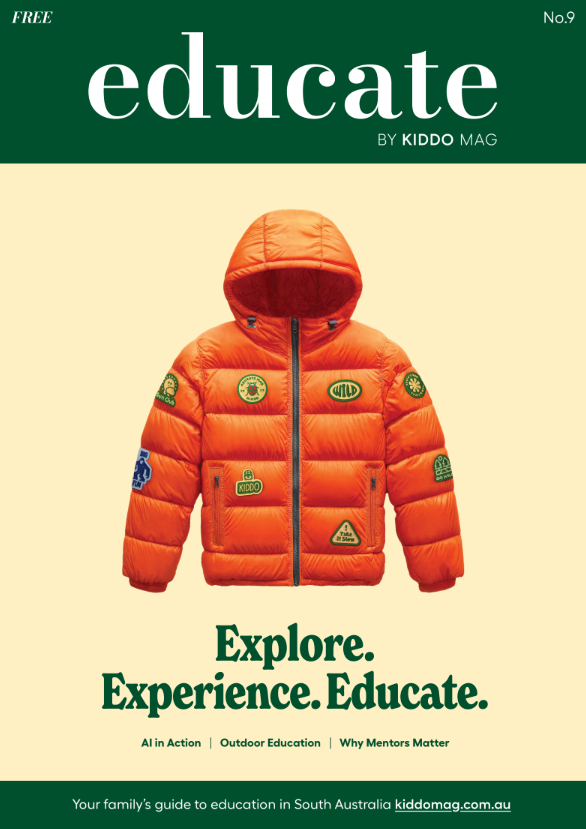Words: Dr Susan F. Stone, Credit Union SA Chair of Economics, University of SA Business
Families, businesses, governments are all under pressure to deal with, combat or save us from the rising cost of living.
For families, even those managing okay in these times, the stress of the constant negative narrative can be overwhelming. This impacts our children as well, who overhear conversations or news reports about struggling families, growing homelessness and your favourite café closing.
Economics has long recognised that it’s the relative position that people care most about. This means that if those around you appear to be doing ‘better,’ you tend to feel worse off, no matter how you are faring in an objective sense.
Thus, our environment has a large impact on our outlook and well-being. It can lead to feelings of concern that permeate the entire family. One of the best defenses we have against feelings of anxiety and overall gloom is to take control of what we can by being proactive. After all, the best defense is a good offence.
We all know that making a budget is an important part of family planning and an empowering way to feel in control. However, expenses change from month-to-month and it’s often hard to categorise items. So these hurdles can stop us from getting our finances organised. But don’t let perfection be the enemy of good.
Understanding how you’re spending your money goes a long way in making high quality decisions about where you can save. And doing this, to the best extent possible, around your kids shows them this is normal and important, like brushing your teeth or getting enough sleep. This then sets them up with good budgeting awareness and habits they take into adulthood.
To start, export a few months of transactions from your bank to a spreadsheet. Go through each expense, labelling it with categories like groceries, school, mortgage/rent, entertainment, etc. Then, sort by labels and sum each category, but don’t worry about being too precise. This gives a clear view of where your money is going and shows each category’s percentage of total spending.
Small expenses can add up, offering insights on where to cut back if needed. In the meantime, summer holidays are a great time to get outside and enjoy some free activities across Adelaide and regional SA.
Parklands, beaches, hiking trails, skateparks all provide an opportunity to stay active and not feel hard done-by when you might need to cut back on a trip away during these school holidays. Plus, with some budgeting tips in hand, you might be able to start saving for a family holiday in the new year!
For more information, visit creditunionsa.com.au
Follow KIDDO on Instagram and Facebook, and subscribe to our weekly newsletter






